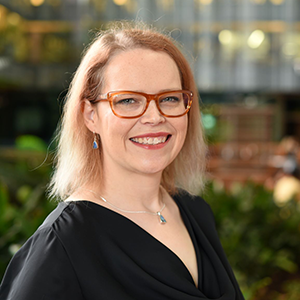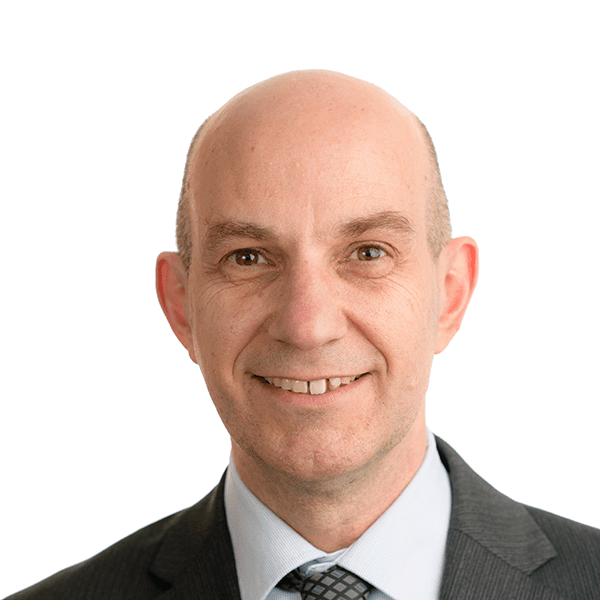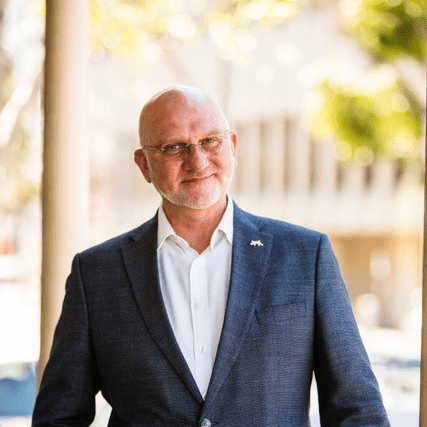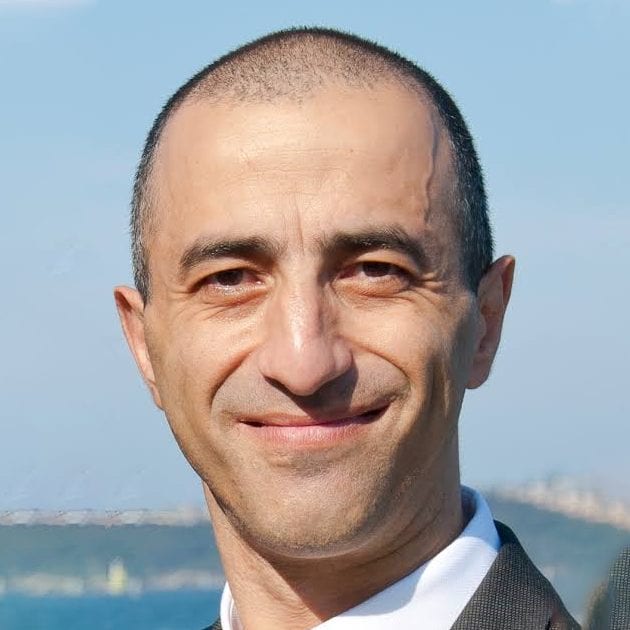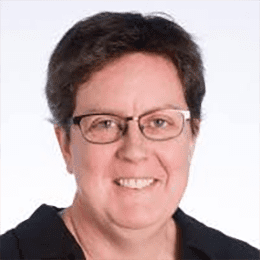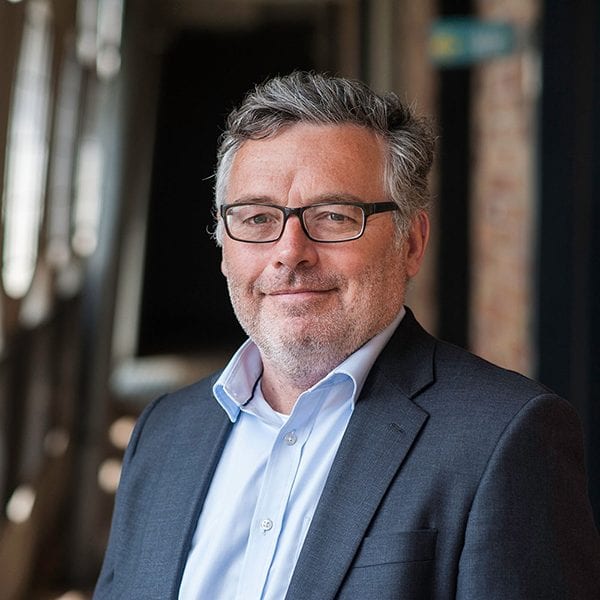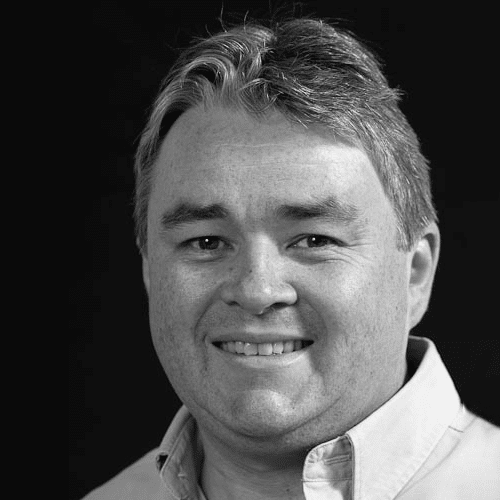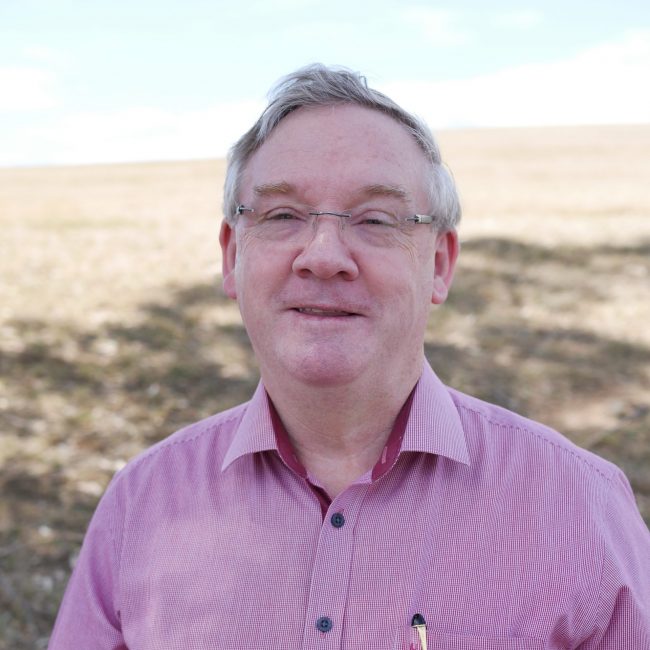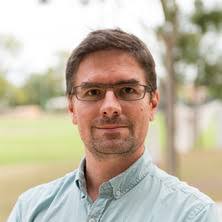Noni Creasey
Noni is a researcher and communicator, passionate about growing and sharing knowledge to enhance wellbeing. Noni understands the research environment: she has worked in research institutes across Australia, Japan, Israel, Austria, and the UK. Her research breakthroughs in nanoelectronics applications and the development of new methods for assessing difficult-to-analyse diseased tissue have been published in leading scientific journals and presented at national and international forums. Since her journey ‘away from the bench’, Noni has developed expertise in engagement, marketing and communications. This has been achieved through a combination of formal qualifications and experience working with research and volunteer organisations. Noni’s excellent communication skills mean she has a flair for working with different groups to unlock and resolve core issues. It is these engagement skills that have allowed her to drive several complex and interdisciplinary collaborations to successful outcomes.


